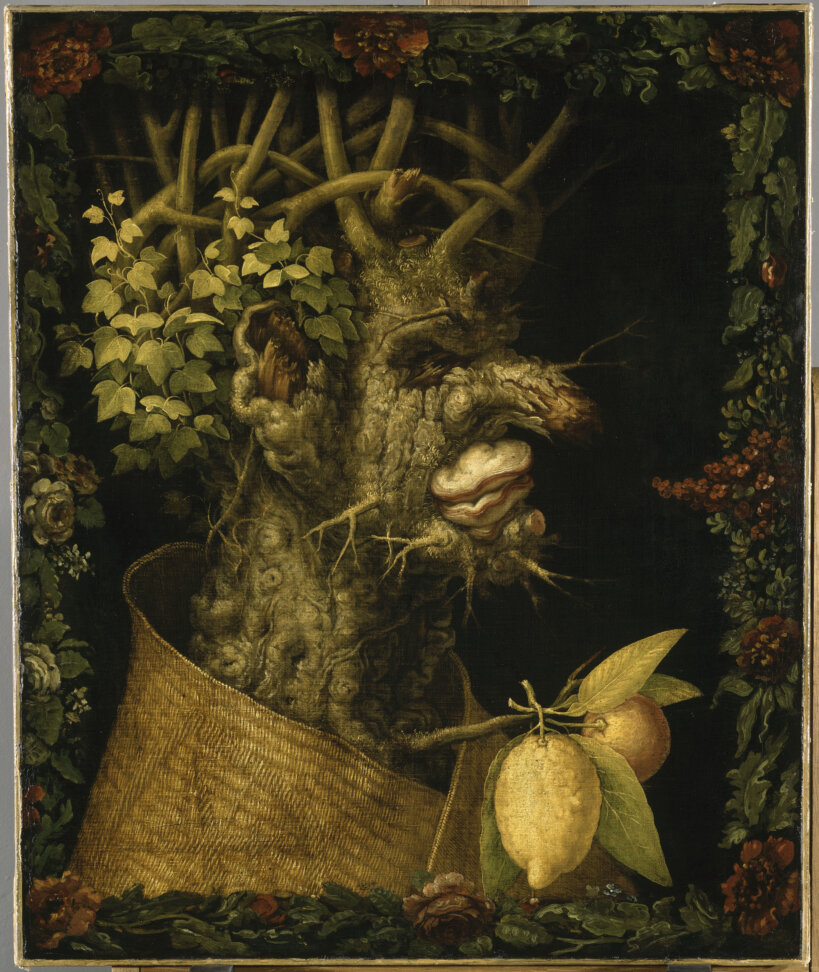The Museum of Fine Arts Ghent (MSK) houses more than 60 Dutch paintings from the 17th century, a period that our northern neighbours refer to as ‘The Golden Age’. But how exactly was this rich collection created and accumulated? What is the relationship between the Northern and Southern Netherlands? And is everything really what it seems? In the autumn of 2015, we went in search of an answer to these questions and put the unique, sometimes curious collection in the spotlight. The way the museum presents the collection was completely overhauled, and this new presentation format was unveiled during the exhibition ‘The Golden Age Revisited’.
Extraordinary collection
The MSK’s collection is one of the most remarkable collections of Dutch painting outside the Netherlands. It includes work by masters such as Frans Hals, Jan van Goyen, Willem Claesz. Heda, Albert Cuyp and Roelant Savery. What is more, the museum has a few extremely rare pieces in its possession. For example, we own the only known work by AE van Rabel, whilst ‘Het armenhuis te Utrecht’ by Joost Cornelisz. Droochsloot is the only known depiction of the workhouse in Utrecht.
Curiosities
The collection also includes several works that we can confidently call ‘curious’. A number of paintings have been painted over or added to over the years, a phenomenon that is coming to light today thanks to our restoration techniques. Other works appear to have been cut out of larger canvases and sold separately: a typical practice in the 19th century art trade. And then there are the idiosyncratic interpretations of certain pieces, some more plausible than others...
New presentation
Since the end of 2015, the museum has presented the story of this 17th century collection in an innovative way, by showing the paintings ‘in context’ for the first time. Dishes, jugs and glassware were placed near the still lives. Paintings of animals were accompanied by prints, stuffed birds and shells that served as models for the artist. The paintings are once again exhibited as collages on the wall, the way they once hung in the homes of wealthy citizens.
The artist Isabelle de Borchgrave also made five paper ruffs especially for the MSK, inspired by the iconic starched collars in 17th century portraits. They were included in the historical presentation under the title 'Le Boudoir des Mortes’.
Last but not least, we thoroughly refurbished the rooms where paintings from the Northern and Southern Netherlands are exhibited. They were renovated and paintings were rearranged, brought out of storage and added to the permanent exhibition. All the more reason to call this transformation ‘The Golden Age Revisited’.
